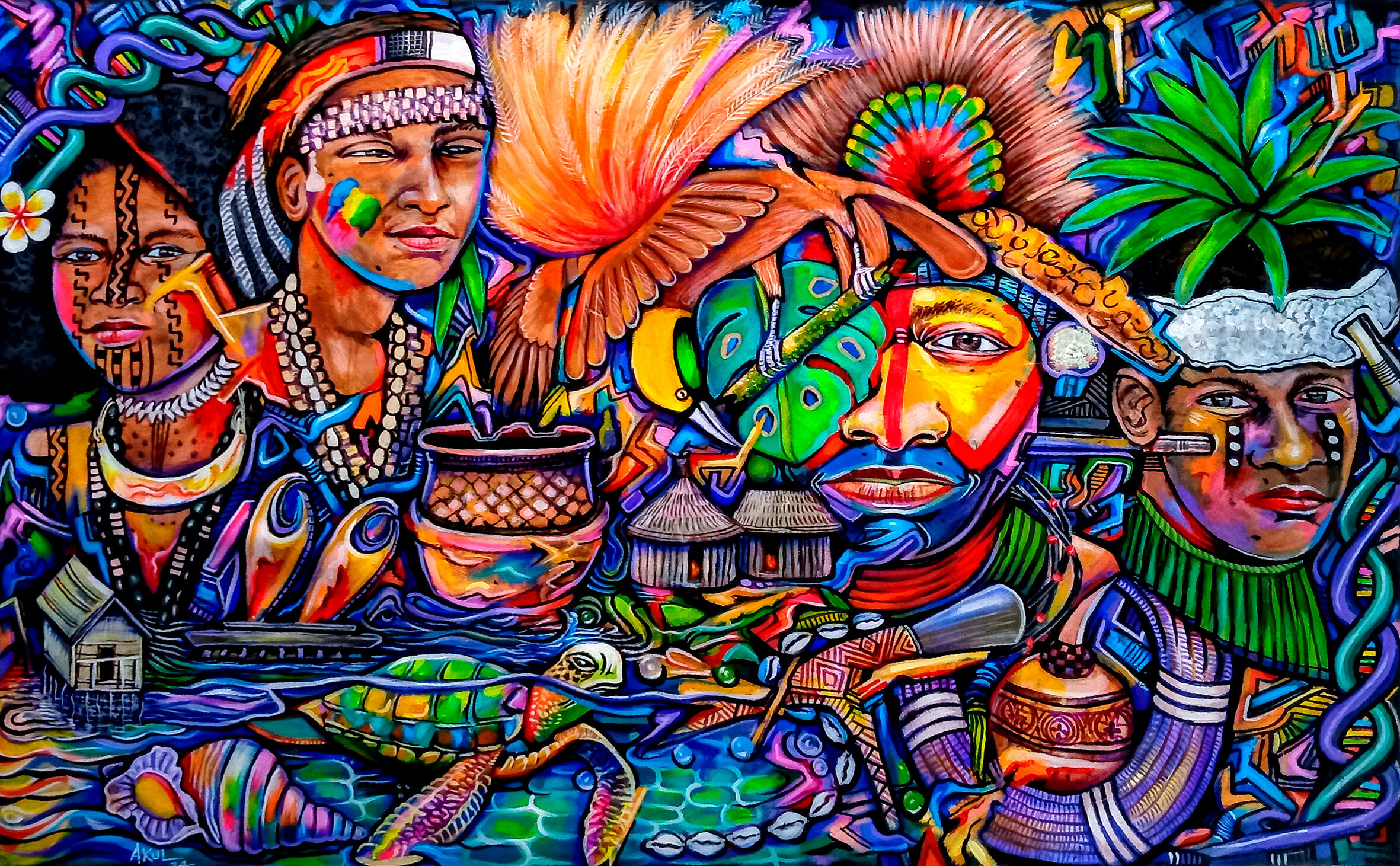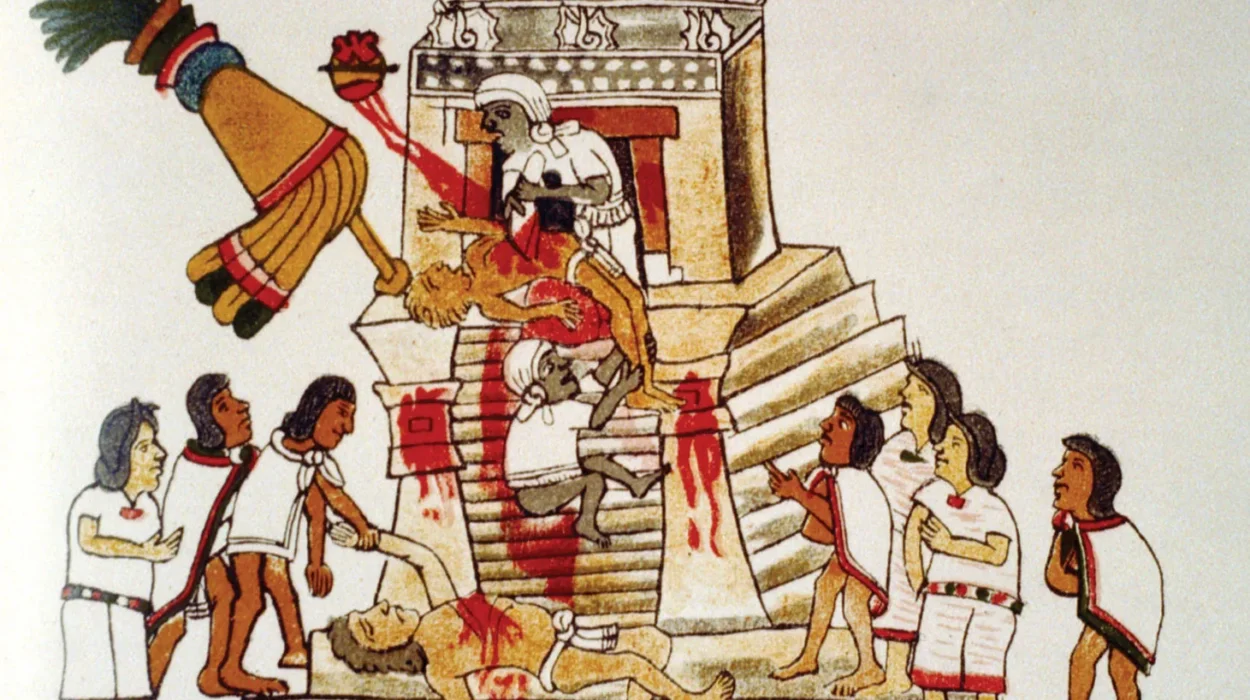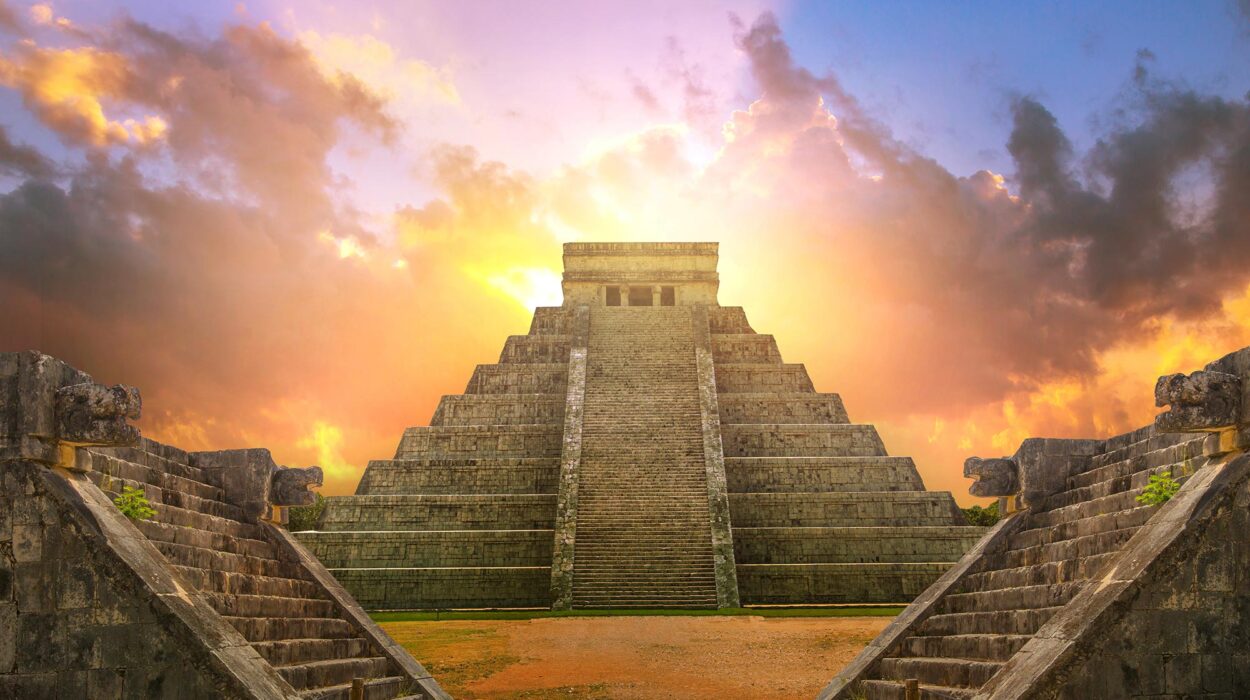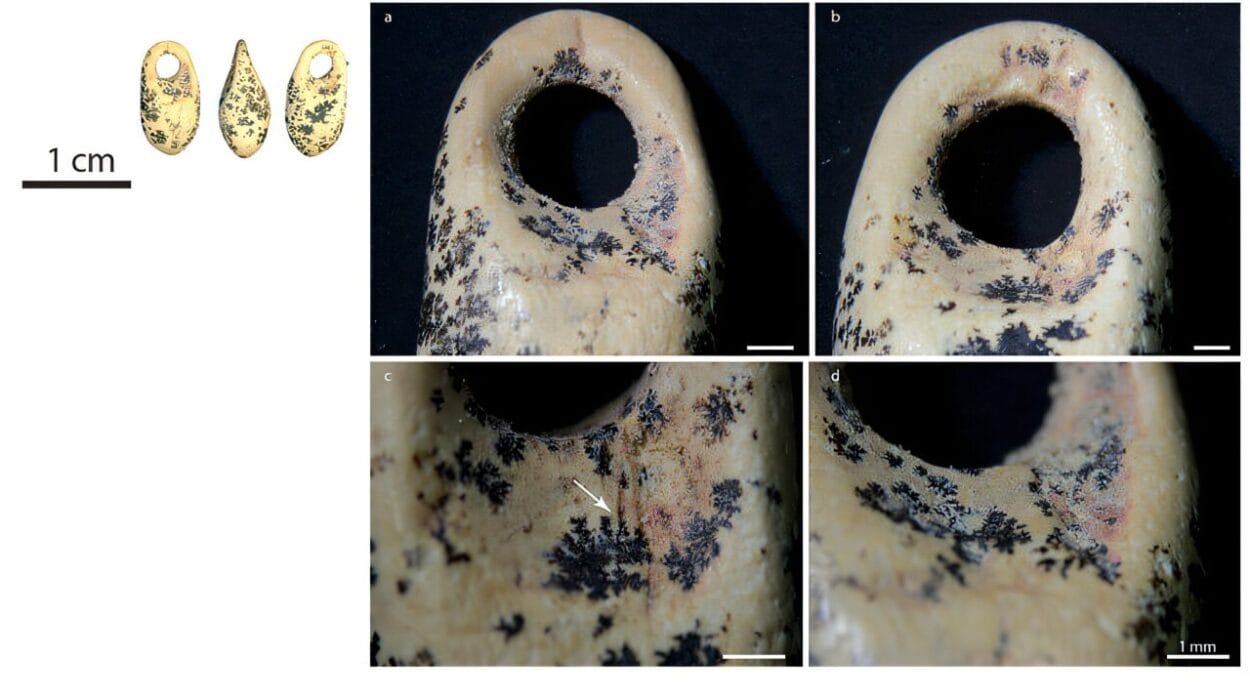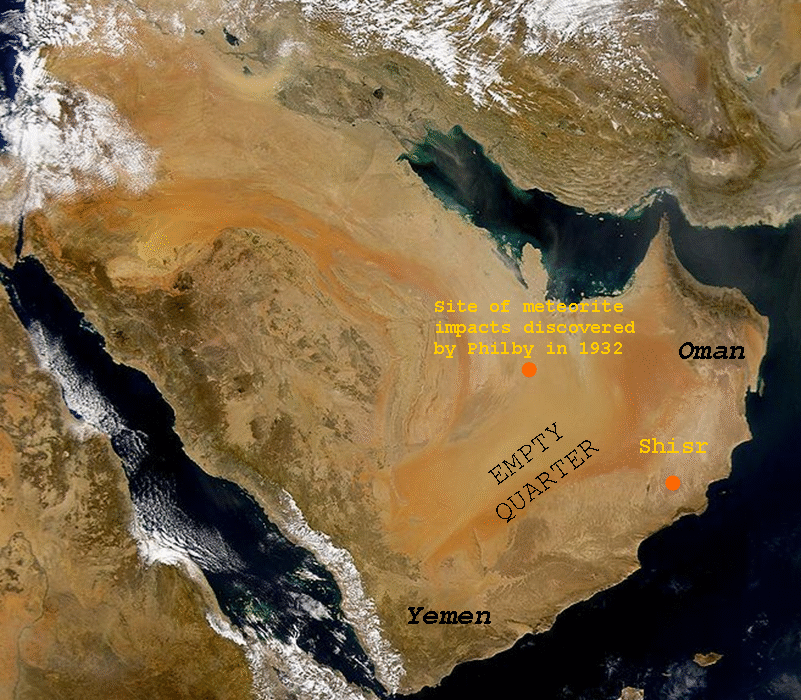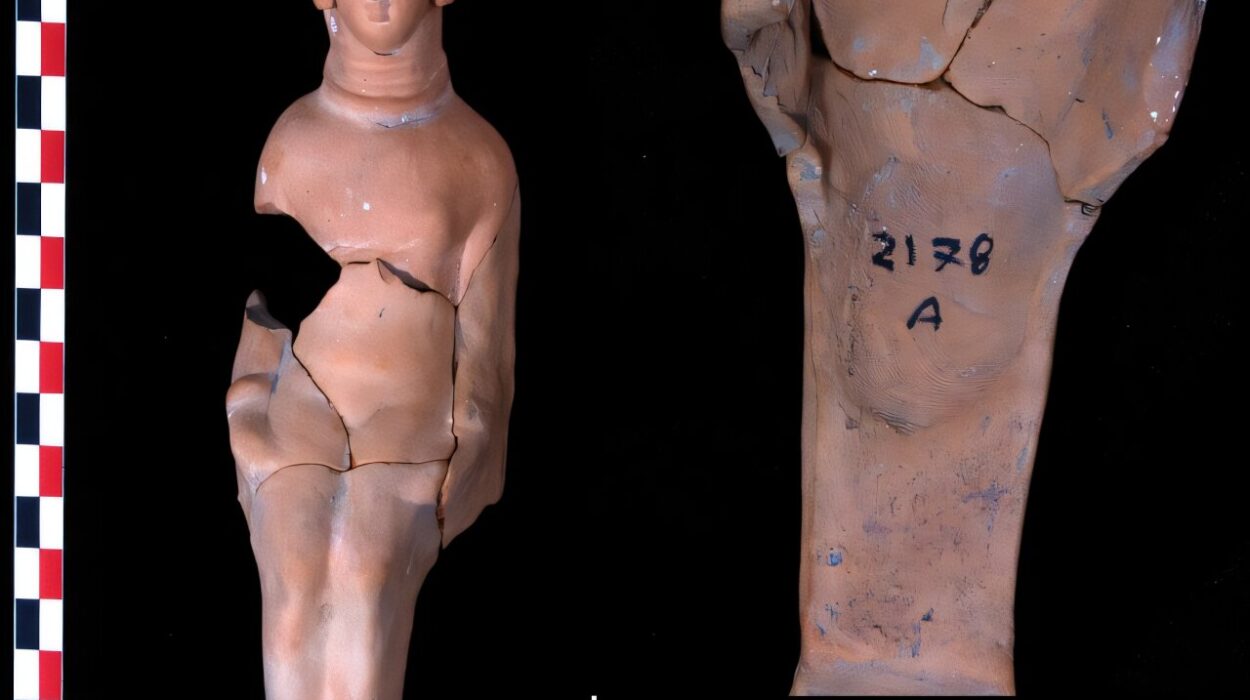In the mountainous heartlands and coral-fringed coasts of Papua New Guinea, where more than 800 languages ripple through air heavy with history, science has pulled back the curtain on one of humanity’s most daring and enigmatic journeys. A groundbreaking study, published in Nature Ecology & Evolution, has recovered the first ancient human genomes from Papua New Guinea and the Bismarck Archipelago. This remarkable effort, led by researchers from the Max Planck Institute for Evolutionary Anthropology, has for the first time allowed scientists to peer deep into the genetic story of early Pacific seafarers—people whose voyages transformed human geography forever.
This isn’t merely a tale of ancient bones and fragments of pottery. It is a story that braids genetics with the spirit of exploration, linguistic complexity, and cultural tenacity. What emerges is a nuanced picture of life, migration, and mixing in one of the world’s most biologically and culturally rich regions.
A Land That Launched Voyages into the Blue
Papua New Guinea, settled over 50,000 years ago, has long been acknowledged as one of the earliest points of human arrival in Sahul—the now-submerged continent that once connected Australia and New Guinea. But its role did not end with first landfall. This island served as a springboard for one of the most extraordinary human undertakings: the peopling of the remote Pacific. Long before the Vikings or Polynesians rose to fame for their maritime skills, early Austronesian and Papuan seafarers were already harnessing ocean currents and winds, island-hopping across hundreds and eventually thousands of miles of open water.
Yet until now, this part of the world has been a glaring gap in the ancient DNA record. The region’s humid, acidic soil tends to destroy DNA, and political and logistical difficulties have further hampered archaeological research. That is what makes this new study such a landmark: not only have researchers extracted ancient DNA from some of the least hospitable preservation environments on Earth, but they’ve done so with astonishing success—unveiling genetic profiles from several ancient individuals across coastal sites.
Lapita: The Ancients Who Dared the Ocean
The most iconic seafarers of the Pacific’s early human history are those of the Lapita Cultural Complex. Emerging around 3,000 years ago, Lapita people were horticulturalists and navigators, famed for their finely patterned pottery and their ability to colonize island after island. They were the first humans to venture into what anthropologists call Remote Oceania—lands that could not be seen from the nearest shore and had never before been inhabited by humans.
The Bismarck Archipelago, a necklace of volcanic islands northeast of New Guinea, was ground zero for this extraordinary expansion. But what had remained unclear was how much these Lapita pioneers genetically mingled with the Papuan-speaking peoples who had inhabited the area for tens of thousands of years. This new study has finally delivered answers—and they are both expected and surprising.
A Mosaic of Co-Existence
On the island of Watom, just off New Britain in the Bismarcks, researchers uncovered the remains of individuals who lived well after the arrival of Lapita culture in the area. What is startling is that some of these individuals carried completely Papuan genetic signatures. That means that, despite the Lapita cultural influence evident in the ceramics and tools, the people themselves were not necessarily of Lapita genetic descent.
This finding offers tantalizing evidence of a social landscape more intricate than previously imagined—one where culturally distinct groups lived side by side, possibly interacting but not immediately intermarrying. One individual even exhibited cranial modification—a cultural practice common in certain Papuan groups, but not typically associated with early Austronesian migrants.
The implications are profound. They suggest not only coexistence, but a degree of cultural and social autonomy that defies simplistic narratives of replacement or conquest. Papuan groups didn’t vanish in the wake of Lapita arrival—they endured, adapted, and perhaps even shaped the evolving cultural landscape of the Bismarcks.
Interactions Without Intermarriage
While we might assume that proximity and cultural contact naturally lead to genetic mixing, the ancient genomes tell a different story. The researchers found that it took centuries after Lapita arrival before significant genetic mixing with Papuan groups occurred. The first signs of Austronesian genetic influence in the region appear around 2,100 years ago—almost a thousand years after the cultural markers of Lapita had spread.
Co-author Rebecca Kinaston explains that this long period of co-residence without mixing is “quite unusual for human encounters.” It challenges assumptions about early migrations being either wholly assimilative or overtly invasive. Instead, it suggests a social boundary—perhaps linguistic, cultural, or political—that kept communities distinct even while they shared the same land and seascape.
This delayed admixture sheds light on a major debate in Pacific prehistory: did early Lapita settlers arrive in Remote Oceania already genetically mixed with Papuans, or did that blending occur later, in situ, on the islands themselves? The genetic data strongly favors the latter. It suggests that the first settlers to reach places like Tonga, Samoa, and Vanuatu may have been predominantly of Asian descent, with Papuan ancestry being incorporated only in later generations as interaction deepened.
The Case of the Mariana Islands
One ancient individual in the study offered crucial clues about a different migratory route altogether—that of the Marianas, far to the north of Papua New Guinea. Genetic analysis of this person supports the hypothesis that the Marianas were settled not from New Guinea or the Bismarcks, but directly from Island Southeast Asia, possibly the Philippines or Taiwan. What makes this feat so impressive is that it required sailing against prevailing winds and currents—a formidable challenge even with modern boats.
While the genetic trail is still blurry due to a lack of ancient samples from the Philippines, the evidence underscores the extraordinary navigation capabilities of early Pacific settlers. Their maritime skills were not just about drifting with the current; they involved deliberate, skilled voyaging—suggesting a deep understanding of astronomy, wind patterns, and ocean swells.
Divergence Among Close Neighbors
In southern Papua New Guinea, two communities living just miles apart along the coast turned out to have surprisingly divergent genetic histories. Analysis revealed that their ancestries began to split around 650 years ago, despite the absence of natural geographic boundaries.
What could have driven this genetic divergence in such close quarters? The researchers suggest it may be linked to the rise of localized trade networks and increased cultural specialization in the aftermath of a climatically challenging period. As communities adapted to environmental stressors, they may have forged new identities and interaction spheres—reaffirming how climate, culture, and genetics constantly interact to shape human history.
A Triumph of Science and Collaboration
None of this would have been possible without remarkable scientific ingenuity. Extracting DNA from bone fragments in humid, equatorial environments is like trying to reconstruct a burned book from ashes. The heat, humidity, and microbial activity degrade DNA almost immediately after death. Yet the team, using cutting-edge extraction and sequencing techniques, managed to recover viable genetic material—an achievement that opens new doors for Pacific archaeology.
But this study is more than a technological marvel; it is a testament to the power of interdisciplinary collaboration. Archaeologists, geneticists, linguists, and even local oral historians contributed to this work. The genetic findings were cross-validated with cultural practices, burial patterns, pottery styles, and environmental data—creating a multidimensional picture of life in prehistoric Papua New Guinea.
As lead author Kathrin Nägele put it, “By combining archaeological data with cutting-edge genetic analysis and considering oral traditions, we can reconstruct a more comprehensive picture of our shared past.”
Reflections from the Islands
The implications of this research ripple far beyond the scientific community. In Papua New Guinea—a nation that hosts one of the most linguistically and culturally diverse populations on Earth—questions of ancestry, heritage, and identity are deeply personal.
By shining a light on the region’s ancient population dynamics, this study helps reconnect modern communities with their deep-time histories. It reinforces the reality that these islands were never static or isolated, but rather part of a dynamic, interconnected world shaped by movement, encounter, and resilience.
In the artwork accompanying the study, Papua New Guinean artist Arison Kul depicts these stories with vibrant imagery that reflects both the scientific findings and the enduring vitality of Indigenous culture. It’s a poignant reminder that ancient DNA is not just about the past—it’s also about how we understand ourselves in the present.
A Map Redrawn, A Story Reimagined
With every strand of ancient DNA, the human story becomes more detailed, more complex, and more awe-inspiring. This pioneering research from the shores of Papua New Guinea shows that the history of Pacific settlement was not a single wave of migration, but a rich tapestry of movements, pauses, cohabitations, and delayed encounters. It was marked by technological innovation, environmental resilience, and perhaps most powerfully, a tenacious will to explore the unknown.
What the researchers have unlocked is not just a chapter in human history—it’s a chronicle of one of the boldest expansions ever undertaken by our species. It began with small outrigger canoes slipping away from volcanic shores, carrying with them language, culture, and identity into the open blue. Thanks to this study, those ancient navigators are no longer shadows lost to time. They have names written in their genes, and now, in our understanding too.
Reference: Kathrin Nägele et al, The impact of human dispersals and local interactions on the genetic diversity of coastal Papua New Guinea over the past 2,500 years, Nature Ecology & Evolution (2025). DOI: 10.1038/s41559-025-02710-x
